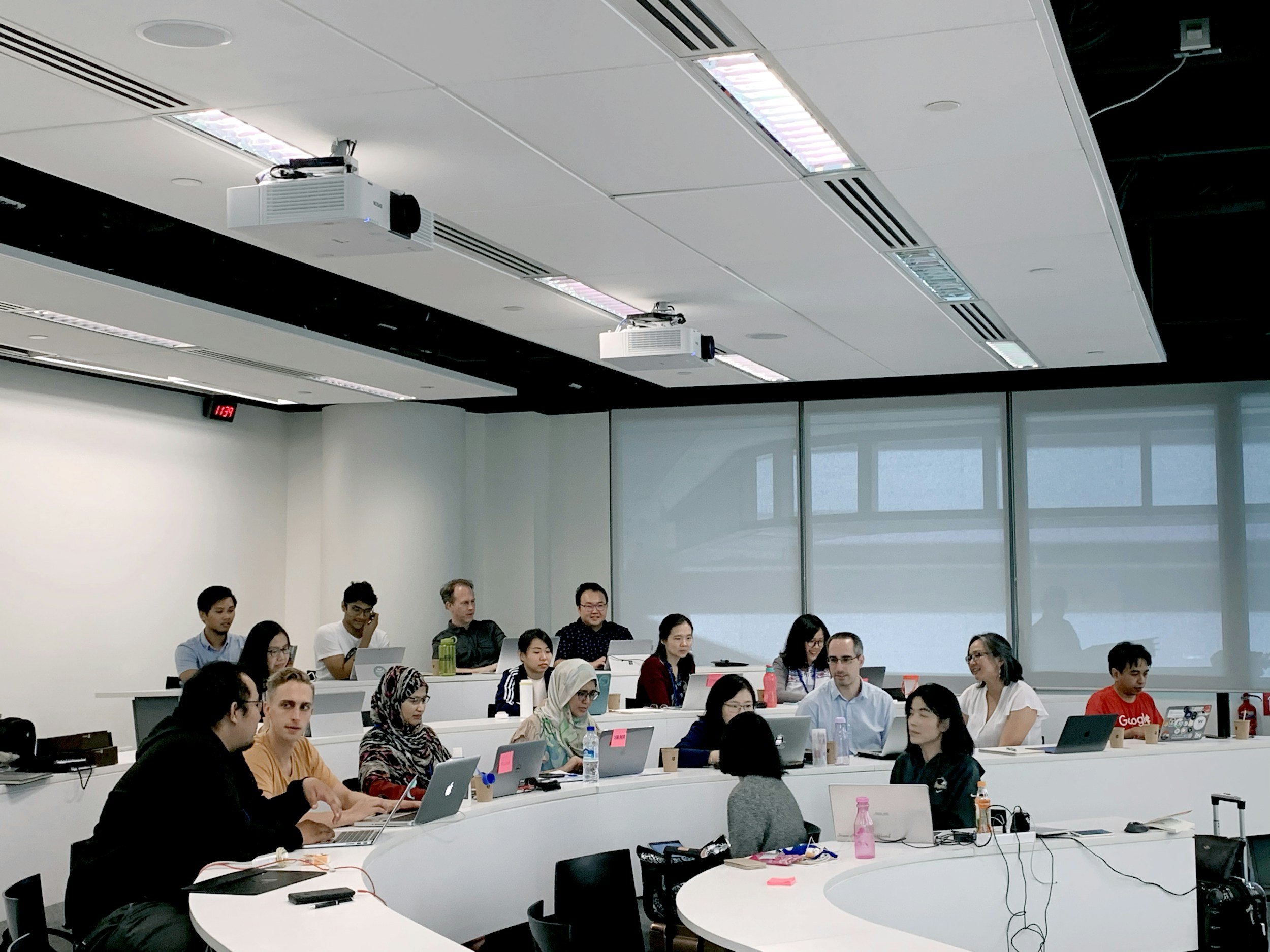How to Encourage Curiosity and Inquiry in the Classroom
Stoking curiosity within an educational curriculum can be a serious challenge, even though children are naturally curious to begin with. Teachers and school administrators must balance the needs of individual students with wider educational policies, a situation that sometimes results in unengaging rote teaching. Regardless, leading international schools in Singapore are constantly finding new ways to engage young learners to light a self-sustaining fire of curiosity within their minds.
How Teachers Influence Curiosity
Traditional education methods of schooling have yielded remarkable achievements globally. However, most of these methods are ultimately about collective goals like economic objectives and national narratives. As a result, children are more often directly led to the answers that these methods demand that they know.
Thankfully, some international schools that offer American education in Singapore try to break away from this norm. One of the ways this is done is to purposefully introduce an element of uncertainty into the classroom experience. This is much unlike the typical process of mainstream schools where the answers are often predefined and immutable. The introduction of uncertainty has been shown in a recent study as being beneficial for students’ curiosity, provided that instructors maintain rigor in the process.
The teaching style and curriculums also matter. A 2020 study found a relationship between autonomous yet supportive teaching styles with strengthened curiosity inside the classroom. Schools that nurture a culture of inquiry and maintain high academic standards are, therefore, more likely to foster curiosity and creativity in their students.
Teaching Strategies That Raise Inquisitive Children
Singapore-based schools regularly employ the following scientifically vetted curiosity-building strategies with great success:
1. Encouraging Academic Risk-Taking
To encourage curiosity, schools must offer a supportive environment where students feel empowered to step out of their comfort zones. There must be mechanisms in place so that setbacks are opportunities for growth rather than failures. Teachers can further encourage risk-taking by sharing their own experiences of grappling with new concepts.
2. Normalizing and Accepting Fear as Part of Learning
A healthy relationship with fear and uncertainty will allow students to become truly proactive participants in their learning process. Some schools offer mindfulness and self-compassion practices to equip students with tools for managing stress and navigating unfamiliar situations. With better tools for managing discomfort, students can be confident to explore new ideas and experiences.
3. Offering Challenging Group Projects
Learning tasks that focus on higher-order questions can encourage deep thinking, perhaps driving learners towards self-directed investigation. Through this process, teachers can provide support to guide students to individual discoveries while also ensuring everyone works interdependently.
4. Connecting Learning to Real Life
Connecting classroom content to students' real-world experiences makes learning more meaningful, thus giving children a reason to further expand on what they know. Teachers in international schools may incorporate interdisciplinary approaches that integrate diverse perspectives and encourage students to make intuitive connections across different subjects.
5. Encouraging Goal-Setting and Growth
Personal goal-setting is not just empowering for students but it also lets them assess their interests and self-image on a macro level. Importantly, self-assessment can help students track their progress and develop a valuable growth mindset that will serve them for the rest of their lives.
How Does Curiosity Benefit Students?
Curiosity isn’t just good for its own sake. Cultivating a school atmosphere that invites curiosity also benefits children in several ways.
• Key Predictor of Achievement. Counter-intuitively, getting high standardized test scores by focusing on test-taking might achieve poorer results than building students’ baseline curiosity. A seminal 2011 study argues that curiosity is just as important as intelligence and effort, which were once considered the two pillars of achievement. Curiosity consistently predicts not just better grades but also wider professional and social successes later in life.
• Link to Learning and Memory. We now know that curiosity affects brain chemistry, leading to changes that enhance learning and memory retention. When we become curious, regions of the brain associated with reward, memory, and motivation become activated. This suggests that encouraging curiosity in children serves as a powerful motivator that helps in learning.
• Better Overall Well-Being. Research suggests that high levels of curiosity relate to greater life satisfaction, positive emotions, and purpose. In other words, stoking curiosity puts students in the mood to learn.
• Stimulates Critical Thinking. Inquiry stimulates critical thinking skills that are broadly applicable across a wide spectrum of life. By nurturing curiosity, educators can empower children to approach otherwise vexing challenges with creativity and resilience.
Choosing Curiosity Enables Lifelong Success
Pedagogical systems that punish students for “wrong” answers are only likely to create incurious individuals. On the other hand, systems that nurture a culture of inquiry will produce students who are more creative and happy. With that in mind, parents grappling with where to send their children must consider not only prestige or academic rigor but also a meaningful valuing of curiosity.
